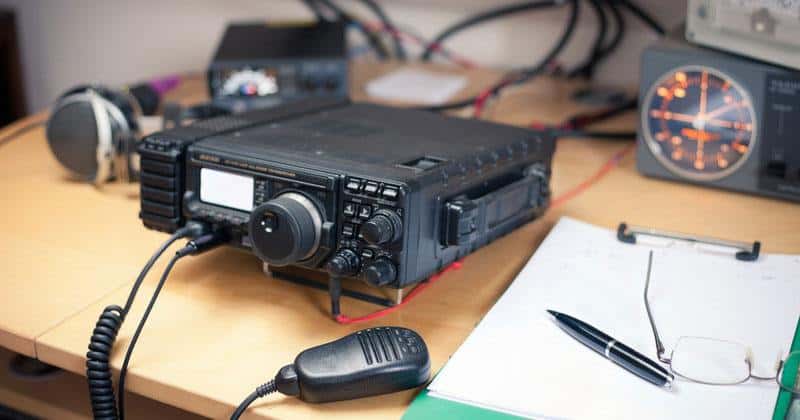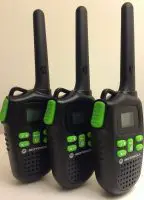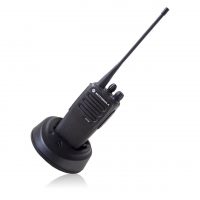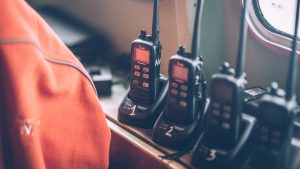The aim of Q-codes is to make communication in Morse code faster. A Q-code consists of letters and begins with the letter “Q”. HAM radio users can simply send a sequence of three letters to represent a longer message. This eliminates the needs for sending out lengthy sentences and is far more effective.
There are tons of Q-codes used by HAM radio operators. Let’s discuss some of them so that you can get a basic understanding.
It’s important to understand that codes in the range QAA-QNZ are reserved for aeronautical use, that the range QOA-QQZ is reserved for maritime use and the range QRA-QUZ is used for all services.
Below are the first 12 codes which you should familiarize yourself with:
QRA – What ship or coast station is that?
QRB – what is your distance?
QRC – What is your true bearing?
QRD – Where are you bound for?
QRF – Where are you bound from?
QRG – What line do you belong to?
QRH – What is your wavelength in meters?
QRJ – How many words do you have to send?
QRK – How do you receive me?
QRL – Are you busy?
QRM – Are you being interfered with?
QRN – Are the atmospherics strong?
Table of Contents
HAM Radio Q-codes
Now let’s move onto HAM radio specific Q-codes. Beforehand, it’s important to note that even though Morse code is seldom used for oceanic broadcasts, it comes in handy when in remote regions, such as the South Pacific or Antarctica.
Here are a few of the all-important Q-codes. You can take a look at the full list by clicking on this link.
QLE – What is your expected signal?
QNI – May I join the net?
QRA – What is the name, or call sign, of your station?
QRG – Will you tell me my exact frequency?
QRH – Does my frequency vary?
QRI – How is the tone of my transmission?
QRJ – How many voice contacts do you want to make?
QRK – What is the readability of my signals?
QRL – Are you busy?
QRM – Do you have interference?
Conclusion
These q-codes have been specially adapted for use in HAM radios. Each of these questions has an appropriate response which you can look at in detail via the link mentioned in the previous section.
Also, make a printout for yourself to keep on you if you are relatively new to them. As you become more acquainted with each Q-code, you will gradually become an expert on the radio.
With all your “Q’s” now answered, all that remains is to wish you luck and safe travels. Keep safe guys!





